Homigot Octopus Festival (호미곶 돌문어 수산물 축제)
8.8Km 2025-05-20
136 Haemaji-ro, Homigot-myeon, Nam-gu, Pohang-si, Gyeongsangbuk-do
+82-54-284-0575
The Homigot Octopus Festival is an annual festival held to celebrate the octopus harvested from the rocky coastal area around Homigot Peninsula. The octopus here are known for their chewy texture and high-quality taste. During the festival, visitors can enjoy freshly caught octopus from the East Sea, as well as take pictures in a vast field of canola flowers that bloom near the coast. Additional programs and experiences related to octopus are planned for the enjoyment of all.
Homigot Sunrise Festival (호미곶 한민족 해맞이축전)
8.8Km 2024-12-23
136 Haemaji-ro, Nam-gu, Pohang-si, Gyeongsangbuk-do
+82-54-289-7852
Homigot Village, the main venue of the Homigot Sunrise Festival, is located on the easternmost point of the Korean Peninsula. Homigot Village means "a village on a tiger’s tail," in reference to the Korean peninsula looking like a tiger.
The festival includes local cultural performances, a New Year celebratory event, fireworks show, sunrise concert and other diverse performances. Visitors may sample free tteokguk, a traditional New Year’s Day dish. Other events such as kite-flying and launching hope balloons with wishes attached will provide enjoyable moments to reflect on the previous year and create new year resolutions.
Homigot Sunrise Square (호미곶 해맞이광장)
9.0Km 2025-07-21
20 Haemaji-ro 150beon-gil, Nam-gu, Pohang-si, Gyeongsangbuk-do
+82-54-270-5855
Homigot is located at the easternmost end of the Korean peninsula, in what would be considered to be the tail, if thinking of the Korean peninsula as a tiger. When Kim Jeongho made the Daedongyeojido Map, he visited this place seven times to confirm this area is in fact the easternmost part of Korea. Following the resources of Korea Astronomy and Space Science Institute, the sunrise time of Homigot on January 1 is at 7:32 am, making it the earliest first sunrise of each year in Korea. The plaza was built to commemorate these research findings with the national Sunrise Festival. Nearby attractions include Korea's largest lighthouse, Homigot Lighthouse, established in 1908; Lighthouse Museum; Monument to Commemorate Lee Yuk-sa’s Patriotism; and Daebo Seawater Bath, using pure seawater of the East Sea.
When completed, Homigot Tourism Complex and Homigot Specialized Ocean Leisure Complex will be the largest tourism complex in the eastern coast district. It will include an ocean aquarium, Ocean Ecological Park, Youth Training facilities, beach dome, accommodation facilities, and other various stores as well.
Sangsaeng’s Hand, a two-part bronze sculpture shaped like a pair of hands, was constructed in December 1999. It is a signature symbol of the sunrise festival. The left hand is on the land and the right hand is in the ocean. It was built to give the message that all people are living together by helping one another like Sangsaeng, meaning coexistence in Korean. The base of the platform is an image of the sun and its two round rings refer to harmony. These two hands have memorial sprits of reconciliation and coexistence for celebrating a new millennium.
National Lighthouse Museum (국립등대박물관)
9.0Km 2025-02-04
20 Haemaji-ro 150beon-gil, Homigot-myeon, Nam-gu, Pohang-si, Gyeongsangbuk-do
The National Lighthouse Museum, located in Homigot Cape, showcases the architecture, history, and artifacts of lighthouses. It features exhibition halls, an experience zone, and a café with ocean views. The outdoor exhibit includes the iconic Homigot Lighthouse. Visitors can enjoy hands-on activities like building lighthouses with blocks, aquarium experiences, puzzle assembly, and crafting their own lighthouses. Family-friendly programs include 2-day lighthouse trips and engaging educational activities designed to teach young children about navigational markers through play.
Homigot Lighthouse (호미곶 등대)
9.0Km 2025-01-21
20 Haemaji-ro 150beon-gil, Nam-gu, Pohang-si, Gyeongsangbuk-do
+82-54-284-9814
Homigot Lighthouse is located at Homigot Cape, listed as one of the 10 most scenic sites during the Joseon dynasty. It was the tallest lighthouse in Korea at the time of its opening on December 20, 1908. The octagonal, six-story building is 26.4 meters high, with a base circumference of 24 meters. It was built using red bricks and no reinforcing rods, designed in the 18th century renaissance style, with gable decorations over the entrance and windows. The ceiling on each floor is sculpted in the shape of pear blossoms, a symbol of the Joseon royalty, while the number of stairs totals to 108, reflective of Buddhist culture.
Dogu Beach (도구 해수욕장)
10.8Km 2024-12-27
This small beach is located about 20 minutes away from Pohang city center, near Pohang Gyeongju Airport. Despite its small size, its fine sand and wonderful sea view make it a beloved hangout for locals and car campers (sleeping in one’s car) alike. Its small size, along with gentle waves, makes it a popular place for family visitors as well. There are a variety of delivery restaurants five minutes away by foot, so one can order delivery food straight onto the beach as well.
PARK 1538 (POSCO Museum) (포스코역사박물관)
15.9Km 2024-10-24
14 Donghaean-ro 6213beon-gil, Nam-gu, Pohang-si, Gyeongsangbuk-do
The PARK 1538 POSCO Museum not only showcases the history, spirit, corporate culture and vision of POSCO, but also Pohang city's development, showing the city's transformation alongside the company. POSCO was able to achieve success thanks to the POSCO employees who fought against all kinds of adversities. The museum showcases such great achievements, as well as the entire history of the company, giving dreams and hopes to the youth who visit the museum.
Pohang Steelworks (포항제철소)
16.3Km 2018-09-05
6261, Donghaean-ro, Nam-gu, Pohang-si, Gyeongsangbuk-do
Pohang Steelworks, also known as POSCO, was built at Yeongilman Bay from 1970 until 1981 to shift the focus of the country's growth engine from the agriculture-oriented primary industry of the 1960s to the heavy chemical industry. Photography within the factory is prohibited, making a visit here key to fully experiencing all POSCO has to offer.
Pohang Canal (포항운하)
17.0Km 2025-01-17
1040, Huimang-daero, Nam-gu, Pohang-si, Gyeongsangbuk-do
+82-54-270-5177
Pohang Canal, completed in January 2014, cuts between Pohang's Songdo-dong and Jungdo 1-dong, connecting the waters under Dongbindaegyo Bridge with Hyeongsangang River to the south. The canal has a total length of 1.3km, adding on to the 8~10 km long seafaring road of Pohang. The canal is a restoration of an old water path, and the citizens have welcomed the eco-friendly construction as a community park. Many people enjoy walking along the canal or the romantic experience of riding on a cruise ship through the canal.
Space Walk (스페이스워크)
17.3Km 2024-10-04
30 Hwanhogongwon-gil, Buk-gu, Pohang-si, Gyeongsangbuk-do
+82-54-270-5176
Space Walk is a unique track 333 meters high with 717 steps in total. The curved steel frame with bright lightings portray the symbol of Pohang "the city of steel and light." Visitors can enjoy a panoramic view of the city and factories, as well as enjoy amazing sunsets and sunrises.
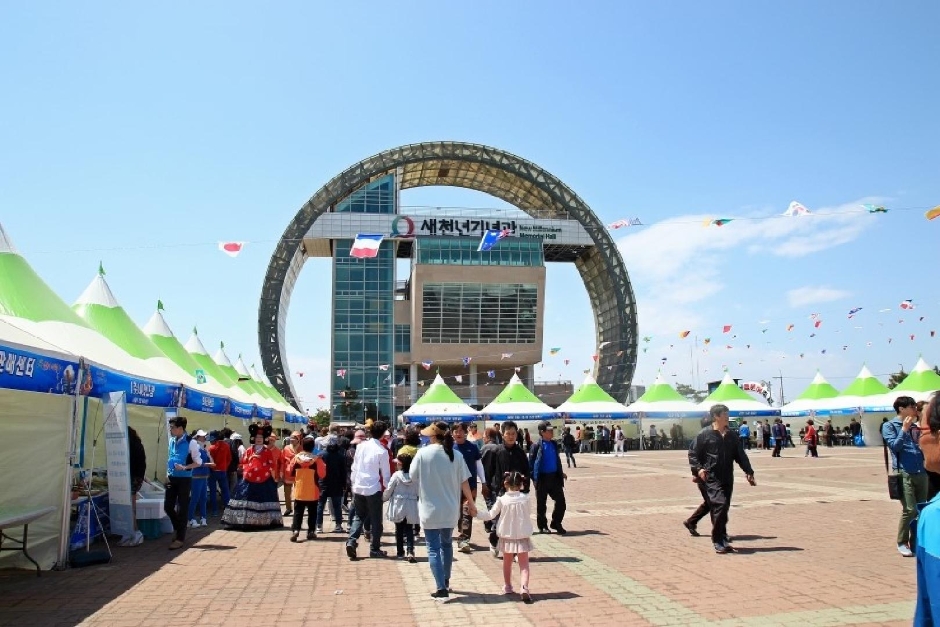
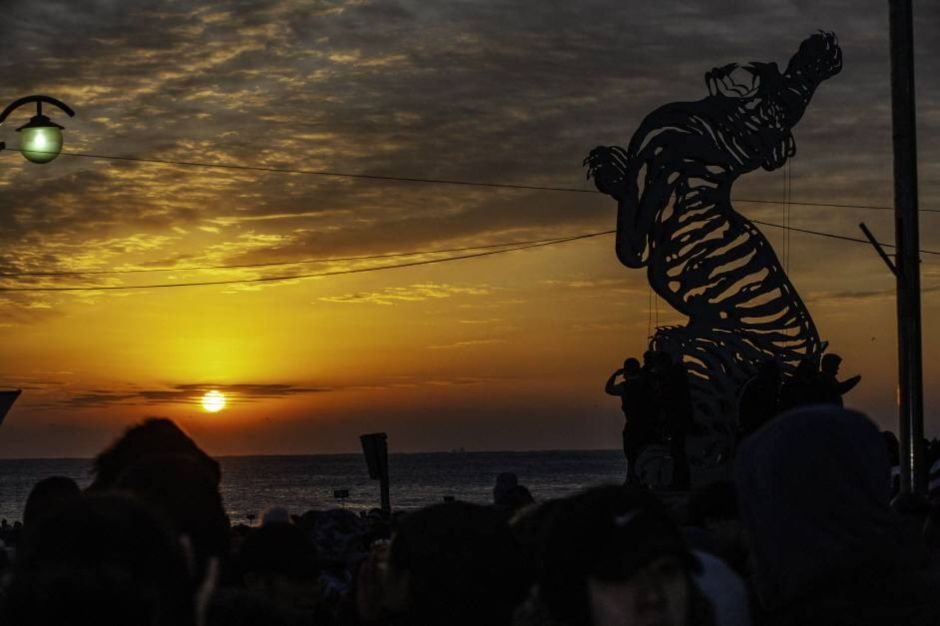

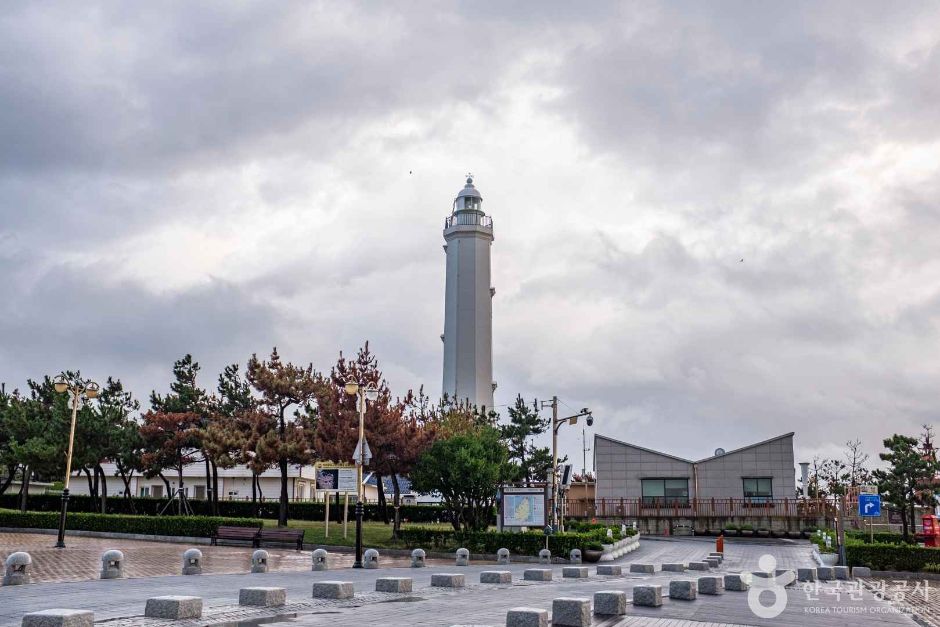
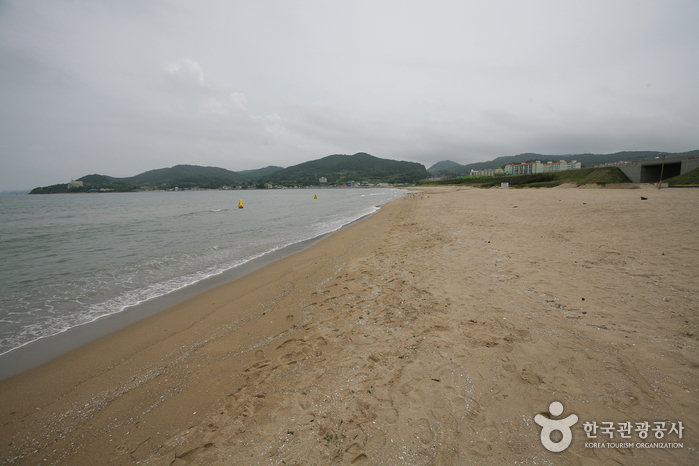
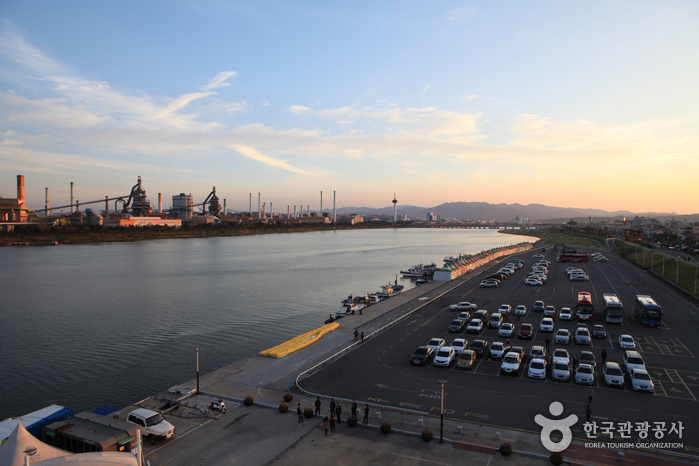
 English
English
 한국어
한국어 日本語
日本語 中文(简体)
中文(简体) Deutsch
Deutsch Français
Français Español
Español Русский
Русский